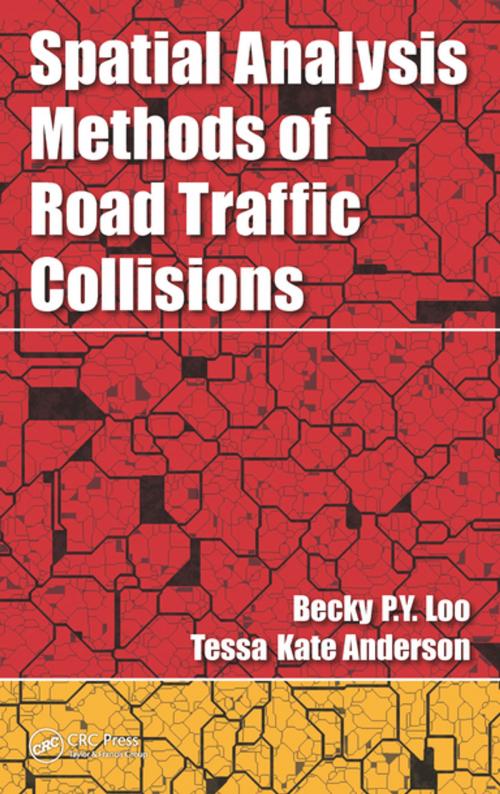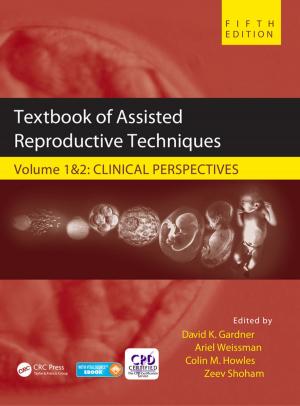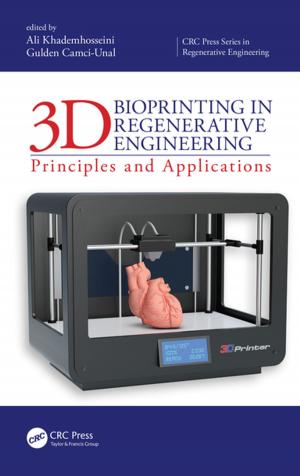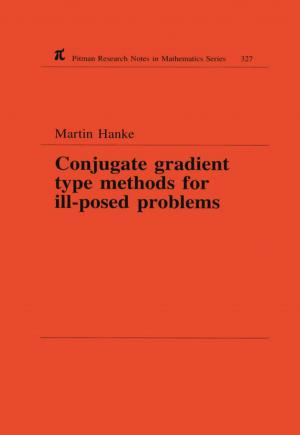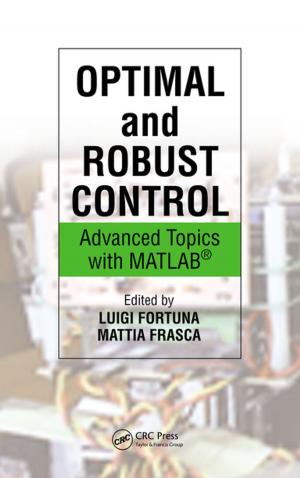Spatial Analysis Methods of Road Traffic Collisions
Nonfiction, Science & Nature, Technology, Engineering, Civil, Mathematics, Statistics| Author: | Becky P. Y. Loo, Tessa Kate Anderson | ISBN: | 9781498766524 |
| Publisher: | CRC Press | Publication: | December 1, 2015 |
| Imprint: | CRC Press | Language: | English |
| Author: | Becky P. Y. Loo, Tessa Kate Anderson |
| ISBN: | 9781498766524 |
| Publisher: | CRC Press |
| Publication: | December 1, 2015 |
| Imprint: | CRC Press |
| Language: | English |
Examine the Prevalence and Geography of Road Collisions
Spatial Analysis Methods of Road Traffic Collisions centers on the geographical nature of road crashes, and uses spatial methods to provide a greater understanding of the patterns and processes that cause them. Written by internationally known experts in the field of transport geography, the book outlines the key issues in identifying hazardous road locations (HRLs), considers current approaches used for reducing and preventing road traffic collisions, and outlines a strategy for improved road safety. The book covers spatial accuracy, validation, and other statistical issues, as well as link-attribute and event-based approaches, cluster identification, and risk exposure.
The book provides a brief summary of the evolution of road safety in the twentieth century, explores current road safety problems, and establishes road safety as a public health issue. The authors discuss risk and socioeconomic factors, lifestyle and behavior, and the impact of urban development. They consider road engineering, signage, vehicle design, the education of road users, and the enforcement of traffic safety measures. They also factor in the overall impact of road traffic collisions on transportation systems, economic systems, health systems, and society as a whole.
- Combines theoretical methodology with empirical data
- Bridges research and practice in road safety
- Includes case studies from around the world
Spatial Analysis Methods of Road Traffic Collisions takes a look at spatial methods and their role in analyzing road traffic collisions to improve road safety. A great addition to transportation safety practice and research, this book serves as a reference for spatial analysis researchers and postgraduate students in traffic and transportation engineering, transport, and urban transport planning.
Examine the Prevalence and Geography of Road Collisions
Spatial Analysis Methods of Road Traffic Collisions centers on the geographical nature of road crashes, and uses spatial methods to provide a greater understanding of the patterns and processes that cause them. Written by internationally known experts in the field of transport geography, the book outlines the key issues in identifying hazardous road locations (HRLs), considers current approaches used for reducing and preventing road traffic collisions, and outlines a strategy for improved road safety. The book covers spatial accuracy, validation, and other statistical issues, as well as link-attribute and event-based approaches, cluster identification, and risk exposure.
The book provides a brief summary of the evolution of road safety in the twentieth century, explores current road safety problems, and establishes road safety as a public health issue. The authors discuss risk and socioeconomic factors, lifestyle and behavior, and the impact of urban development. They consider road engineering, signage, vehicle design, the education of road users, and the enforcement of traffic safety measures. They also factor in the overall impact of road traffic collisions on transportation systems, economic systems, health systems, and society as a whole.
- Combines theoretical methodology with empirical data
- Bridges research and practice in road safety
- Includes case studies from around the world
Spatial Analysis Methods of Road Traffic Collisions takes a look at spatial methods and their role in analyzing road traffic collisions to improve road safety. A great addition to transportation safety practice and research, this book serves as a reference for spatial analysis researchers and postgraduate students in traffic and transportation engineering, transport, and urban transport planning.
